The vibrant green hue of mugwort (Artemisia argyi) has long been prized in traditional Chinese cuisine, particularly in the making of qingtuan, the iconic glutinous rice dumplings enjoyed during the Qingming Festival. However, preserving this natural emerald brilliance during cooking has remained a culinary challenge for generations. A fascinating traditional technique involving baking soda (sodium bicarbonate) during the blanching process has emerged as an effective solution, combining folk wisdom with basic food chemistry.
When fresh mugwort leaves meet boiling water without proper treatment, they often undergo an unappetizing transformation – fading from lively green to dull olive or even brownish tones. This chromatic disappointment occurs due to the breakdown of chlorophyll, the pigment responsible for the plant's green coloration. The magnesium ion at chlorophyll's center becomes displaced by hydrogen ions in acidic conditions, forming pheophytin – a compound that reflects light differently, resulting in that characteristic dull appearance. The traditional blanching method with baking soda addresses this chemical vulnerability through several simultaneous mechanisms. As the alkaline sodium bicarbonate dissolves in the blanching water, it raises the pH level, creating an environment where chlorophyll demonstrates remarkable stability. This alkaline bath helps maintain the magnesium-chlorophyll complex while also softening the plant's cell walls, allowing for better pigment retention throughout subsequent cooking processes. Practical application of this technique requires careful attention to timing and proportions. Experienced cooks typically use about half a teaspoon of baking soda per liter of water when blanching mugwort leaves. The leaves should be submerged in the alkaline boiling water for no more than thirty to forty-five seconds – just enough time to deactivate enzymes that cause discoloration without overcooking the delicate foliage. Immediate shocking in ice water after blanching helps lock in both color and texture. Beyond color preservation, this traditional method offers additional culinary benefits. The brief alkaline treatment helps reduce mugwort's characteristic bitterness while maintaining its distinctive herbal aroma. This balanced flavor profile makes the prepared leaves more versatile for various applications beyond qingtuan, including herbal teas, savory dishes, and even contemporary fusion desserts where both visual appeal and taste matter equally. Modern food science has validated what Chinese home cooks observed empirically over generations. Laboratory analysis confirms that the optimal pH range for chlorophyll stability falls between 8.0 and 9.5 – precisely the alkaline environment created by proper baking soda application. This traditional knowledge predates modern understanding of food chemistry by centuries, demonstrating how culinary practices often anticipate scientific explanation. The cultural significance of this technique extends beyond mere kitchen practicality. In Chinese tradition, the vibrant green color of qingtuan symbolizes the renewal of spring and ancestral connections during Qingming Festival. The meticulous care taken to preserve the natural color reflects deeper cultural values – respect for seasonal ingredients, attention to aesthetic details in food preparation, and the transmission of culinary knowledge through generations. Contemporary chefs have begun experimenting with variations on this traditional method. Some combine the baking soda blanch with newer techniques like flash freezing or vacuum sealing to extend the shelf life of prepared mugwort while maintaining color integrity. Others have adapted the principle to different green vegetables where color preservation proves challenging, demonstrating how traditional food wisdom continues to inspire modern culinary innovation. Environmental considerations have also come into play with this traditional practice. Unlike artificial food colorings that require chemical synthesis and may raise health concerns, the baking soda method offers a completely natural approach to color preservation. This aligns with growing consumer demand for clean-label ingredients and sustainable processing methods in food production. As interest in traditional Chinese medicine and functional foods grows globally, understanding these time-tested preparation methods becomes increasingly valuable. The mugwort blanching technique represents more than a cooking trick – it's a living example of how culinary heritage and scientific principle converge to solve practical problems while preserving cultural identity through food. Home cooks attempting this method for the first time should note that results may vary slightly depending on the specific variety of mugwort used and its growing conditions. The freshest spring leaves typically yield the most vibrant results, reminding us that even with perfect technique, seasonal timing remains crucial in traditional Chinese cooking practices. This enduring culinary practice continues to be passed down through hands-on experience in family kitchens across China. As younger generations rediscover traditional foods, methods like the baking soda blanch serve as tangible connections to culinary heritage – demonstrating that sometimes the oldest solutions remain the most effective in our modern kitchens.
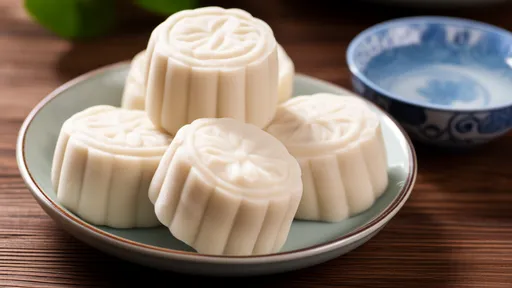
By /Jul 31, 2025
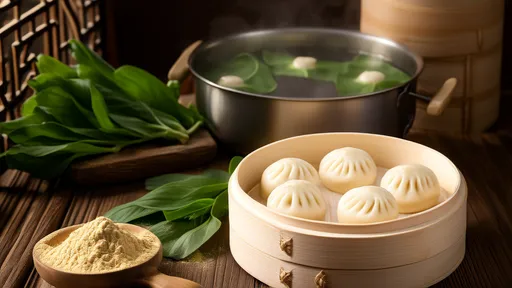
By /Jul 31, 2025

By /Jul 31, 2025
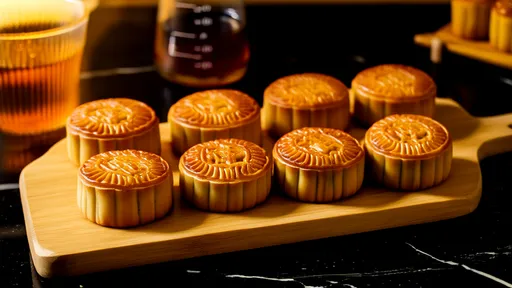
By /Jul 31, 2025
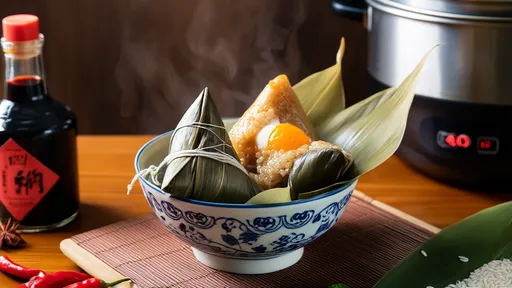
By /Jul 31, 2025
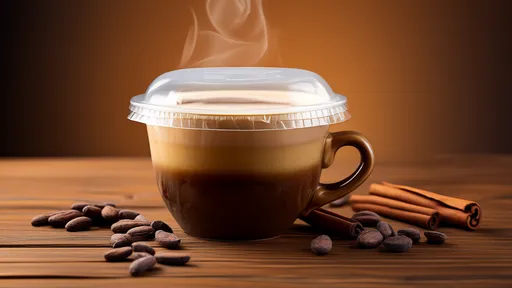
By /Jul 31, 2025

By /Jul 31, 2025

By /Jul 31, 2025
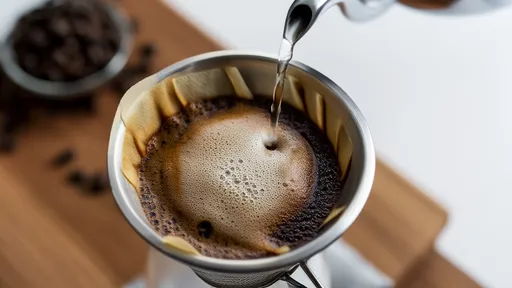
By /Jul 31, 2025
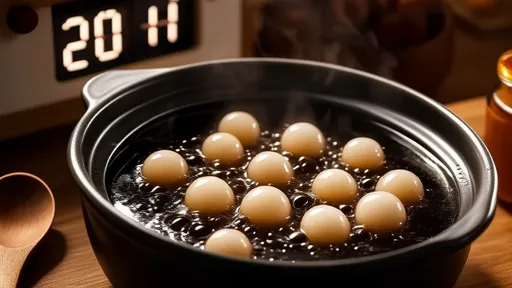
By /Jul 31, 2025
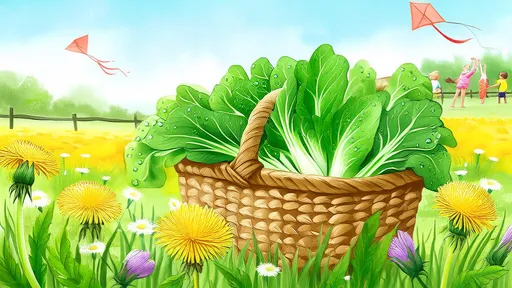
By /Jul 31, 2025
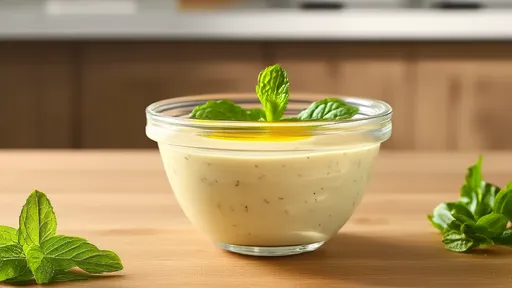
By /Jul 31, 2025

By /Jul 31, 2025

By /Jul 31, 2025
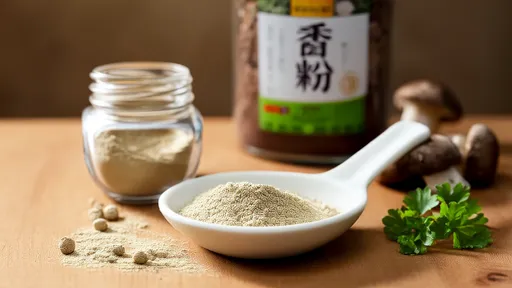
By /Jul 31, 2025
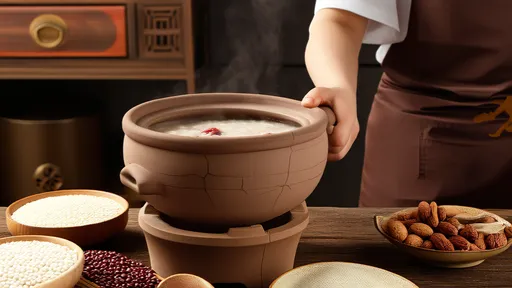
By /Jul 31, 2025
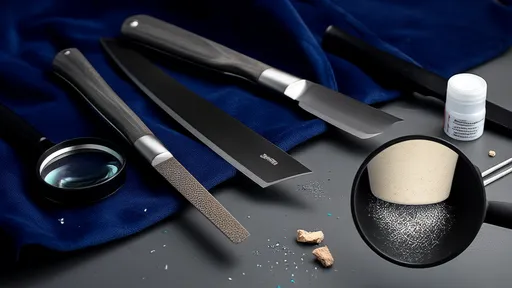
By /Jul 31, 2025
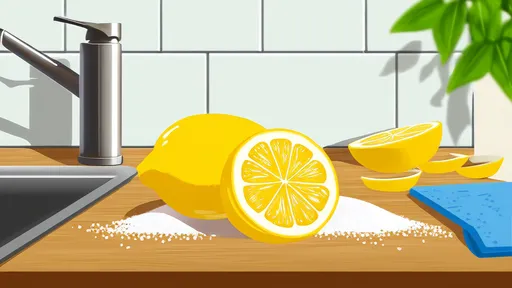
By /Jul 31, 2025
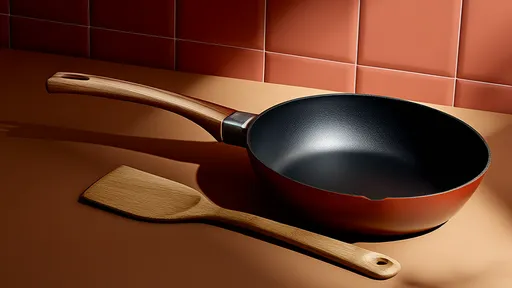
By /Jul 31, 2025
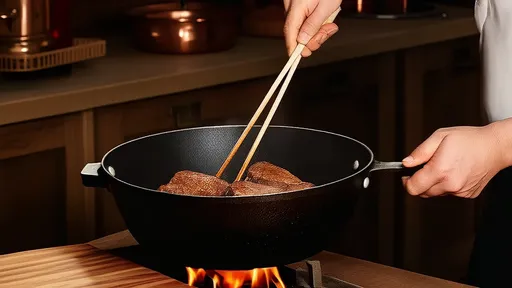
By /Jul 31, 2025